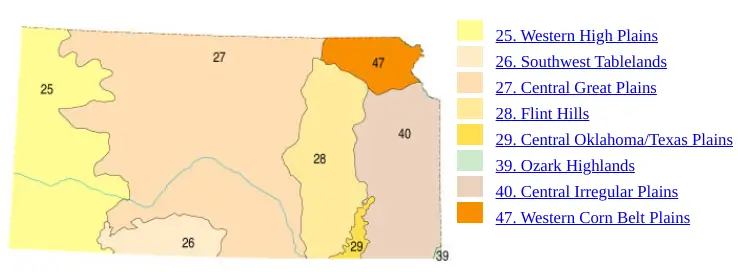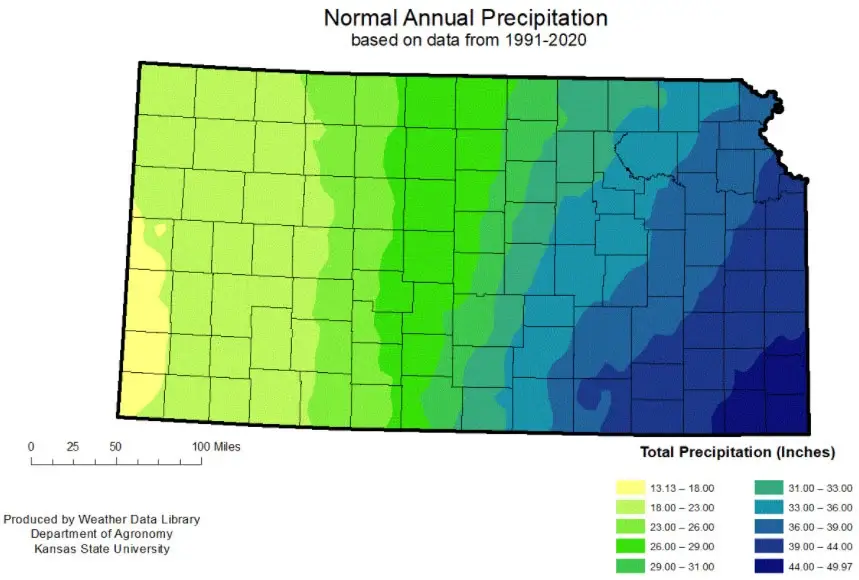Kansas has one of the longest growing seasons in the country. With about 200 days of the year available for growing, you have ample time to care for your lawn and ensure it can handle the cold winter months and the high temperatures of summer.
The main challenge when growing grass in Kansas is that you need two types of grasses to achieve a healthy, lush lawn: warm-season grasses and cool-season grasses. Ensuring your home lawn will thrive becomes even more difficult when you have to plant these varieties at two different times of the year.
You also want to watch out for drought conditions, which can be a problem in western and southern Kansas.
A lot goes into growing grass seed in the Great Plains area. Before you start throwing seed down, make sure you understand the growing conditions in Kansas, as well as the climate and best seeds for your region.
Kansas Seed Growing Conditions and Characteristics
As it’s situated in the middle of the country, you would think that the weather in Kansas is consistent across the entire state — but it’s not at all. Depending on where you live, you might get a lot of windy days, excessive heat, or storms.
Heat and drought, cool rains, and even some snow — Kansas has it all. Therefore, it’s important to understand your region to know the best grass seed to plant in your yard.
First off, Kansas has eight ecoregions.
Each region has its own terrain and climate, but the most significant distinction is between east and west.
If you’re in the western half, you’ll want to look for seeds with drought tolerance. In the east, there’s more rain. This means you don’t need to focus on growing drought-tolerant grass seed, but you might need to mow more frequently.
And if you live in the southeast corner of the state, you can expect more rainfall but less snow. In the state’s northwest region, residents experience significantly less rainfall but more snow. Western Kansas has less than 20″ of rain per year, whereas the eastern side sees more than 40″ per year.
Secondly, it’s vital to be able to recognize the difference when it comes to deciding which grass seed is best for your region.
While precipitation and terrain differ throughout the state, the temperature remains nearly the same. Whether you live in the northwest or southeast, your average temperature is in the 50s.
But the soil can reach below-freezing temperatures, and the summers can be hot, which is why Kansas property owners typically plant cool-season grasses and warm-season turfgrass.
When to Plant Grass Seed in Kansas
Although Kansas residents experience different weather across the state, with 230 days of sun per year, there is plenty of time to plant seeds and grow high-quality turf.
When planting grass seed in Kansas, you should plant warm-season grasses and cool-season grasses at different times. The ideal planting season for warm-season grass is December 1 to May 15. Five and half months is a lot of time to plant, which lets you get maximum coverage in your yard.
Once it is May, the weather is too hot to begin planting, and the seeds will more likely burn before rooting in the soil. If you can plant your seeds earlier, you will have better results with your lawn.
When planting your cool-season grass, wait until early fall. However, don’t wait too long because, come October, the seeds will not penetrate the hard soil and root.
Planting warm and cool-season grasses is ideal for beautiful home lawns year-round. Since most of Kansas is in the transition zone, an area that can experience varying climates, your yard benefits from the first seeding in December and overseeding in September.
As long as you keep up with regular maintenance, such as mowing, watering, and extra care when there’s heat and drought, you’ll be able to enjoy a brilliant green lawn during the entire year in Kansas.
Best Types of Grass Seeds for Kansas
Now that you understand the best times of year to plant your grass and understand that there are different ecoregions, you need to decide on the right grass seed for your lawn.
With a handy seed selector tool, you can choose the best seeds for your location.
It’s also a good idea to become familiar with which seeds will work for your lifestyle – for example, if you want a wear-tolerant, fine-textured lawn for your children to play on, you might opt for a tall fescue blend. And if you don’t have a lot of time to care for your lawn, you might prefer low-maintenance grasses.
Here’s an overview of some of the best Kansas grass seed types, including buffalo grass, tall fescues, and Kentucky bluegrass.
Warm-Season Grass
Buffalo Grass
One of the best grasses for hot weather, buffalo grass naturally grows in the prairies, but landscapers have since found ways to use this beautiful grass in home lawns.
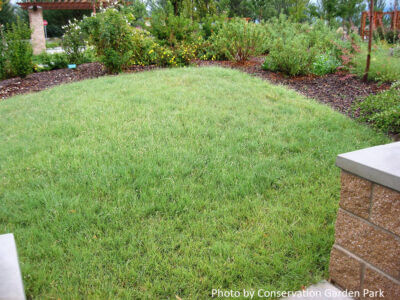
This grass thrives in the full sun and hardly needs water. However, because it is drought-tolerant, it grows slowly. When you plant buffalo grass, it’s not a bad idea to blend it with another warm-season grass. This will speed up the rate of growth and prevent sun-scorched seeds.
Bermuda Grass
Although not as popular in Kansas as buffalo grass, Bermuda grass is an excellent alternative if you want a lighter shade of green and something that grows a little faster. This grass is heat-tolerant with high drought tolerance, so it is excellent for families in the western part of Kansas.
Keep in mind that, because it grows quickly, this type of grass requires frequent mowing.
Cool-Season Grass
Fine Fescue
Fine fescue grass seed does well in sun and shady areas, so when storms are in the area, you don’t have to worry about your quality seed dying after a couple of weeks of minimal sunlight.
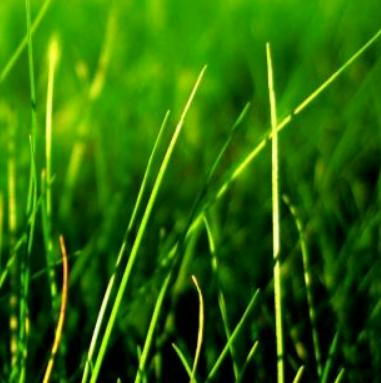
An excellent option for suburban living, fine fescues are low maintenance, so you can enjoy your lawn without the hassle of regular care. You can also add fine or tall fescue to a seed blend for improved disease resistance.
Because fescues are so low maintenance, they are often used on golf courses and sports fields. Additionally, its finer leaf texture and dark green color make this high-quality seed is the perfect grass for families with children and pets. Even with heavy use, you’ll still have a stunning lawn.
Kentucky Bluegrass
Depending on what you are looking for in a yard, Kentucky bluegrass might be your best cool-season option. It has a richer color than tall fescues and grows very well, even in moderate shade.
With excellent disease resistance, wear tolerance, and shade tolerance, Kentucky bluegrass is perfect for the cold winters in Kansas and the variable weather.
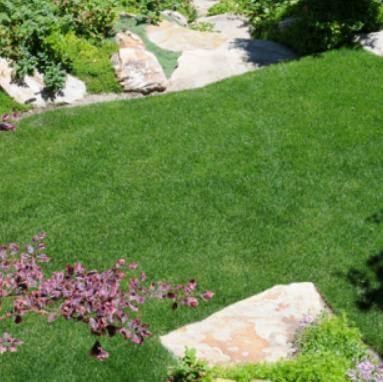
Because of its durability, Kentucky bluegrass is excellent for homes with children and dogs who frequently run outside. You don’t have to worry about messing up your yard when you play with your family. The grass will quickly grow back, so you can still count on beautiful lawns in your front and backyard.
Conclusion
Choosing the right grass seed for your lawn is about more than finding the most affordable option on the shelf. You need to consider the climate, growing seasons, and the type of grass you want to grow. You should also consider factors such as drought tolerance and the amount of maintenance required.
When you plant warm and cool-season grasses, you are investing in a beautiful lawn that’s green all year round. You can count on high-quality turf, excellent wear tolerance, and minimal maintenance.
Some of the best grass seed options for Kansas lawns are buffalo grass, fine fescues, and Kentucky bluegrass. You can also plant seed blends to get the benefits of multiple types of grass.
If you are ready to experience the difference high-quality seeds can make, order your grass seed from Nature's Seed.
